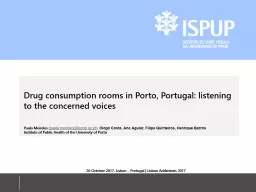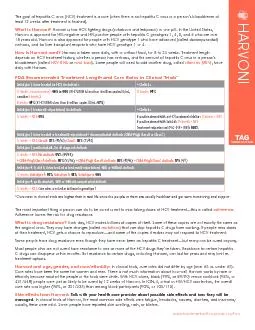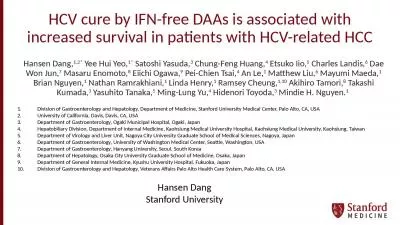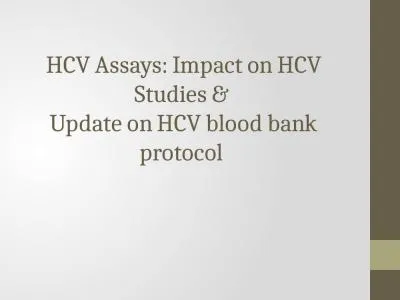PPT-O nline census of drug consumption rooms as a setting to address HCV:
Author : phoebe-click | Published Date : 2018-11-09
current practice and future capacity Vendula Belackova 1 Allison Salmon 1 Eberhard Schatz 2 Marianne Jauncey 1 William Wood 1 International Network of Drug
Presentation Embed Code
Download Presentation
Download Presentation The PPT/PDF document "O nline census of drug consumption roo..." is the property of its rightful owner. Permission is granted to download and print the materials on this website for personal, non-commercial use only, and to display it on your personal computer provided you do not modify the materials and that you retain all copyright notices contained in the materials. By downloading content from our website, you accept the terms of this agreement.
O nline census of drug consumption rooms as a setting to address HCV:: Transcript
Download Rules Of Document
"O nline census of drug consumption rooms as a setting to address HCV:"The content belongs to its owner. You may download and print it for personal use, without modification, and keep all copyright notices. By downloading, you agree to these terms.
Related Documents

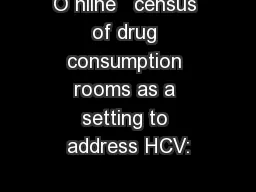

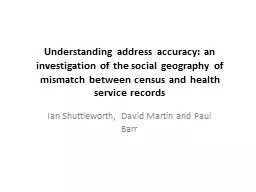




![Treat To Prevent – Millennials, Drugs and Hepatitis C [HCV]](https://thumbs.docslides.com/738712/treat-to-prevent-millennials-drugs-and-hepatitis-c-hcv.jpg)
